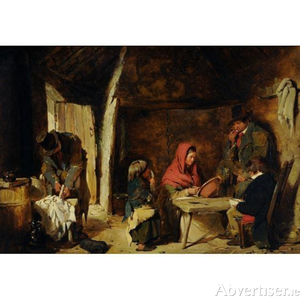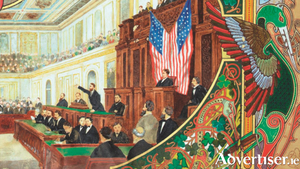Search Results for 'Board of Guardians'
10 results found.
Castlebar Fever Hospital – a vanished memorial to culpable indifference
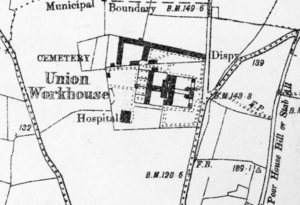
Castlebar Fever Hospital was the first structure demolished in 1965 when works on what would become the Sacred Heart Hospital commenced. The Fever Hospital and the Workhouse that shadowed it are at the top of the list of former public spaces in Castlebar with a dark and terrible history.
A different type of politics was needed
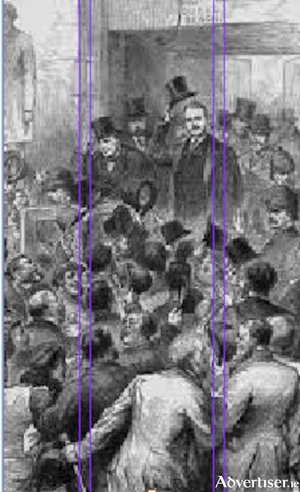
When Mitchell Henry entered Westminster parliament in 1871 he went with hope in his heart and a mission to tell the British people the precarious circumstances of the Irish tenant farmer. In many ways he resembled Jefferson Smith in the Frank Cappa film ‘Mr Smith Goes to Washington’ where a naive, idealistic young man has plans to change America.* Mitchell Henry, a liberal, kindly man, had plans to be a voice for the Irish tenant farmer within, what he believed, was a paternalistic landlord system, but he walked into a political cauldron, waiting to explode.
How Athenry recovered from its smallpox epidemic
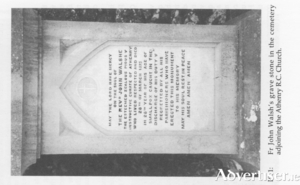
The public sanitary conditions in Athenry, were regarded as a disgrace, and not conducive to a healthy environment when an epidemic of smallpox erupted there in the spring of 1875.
Mayo Library puts workhouse records online
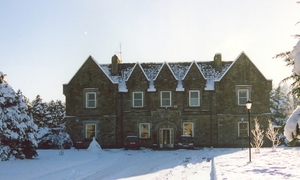
The workhouse has been described as “the most feared and hated institution ever established in Ireland" and the story of these institutions has now been made available online by Mayo County Library.
‘It is not our mistress we have lost, but our mother.’
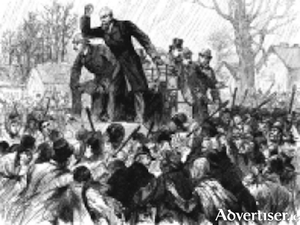
When Mitchell Henry entered Westminster parliament in 1871 he went with hope in his heart and a mission to tell the British people the circumstances of the Irish tenant farmer. He reminds me of the Frank Cappa film Mr Smith Goes to Washington where a naive, idealistic young man has plans to change America.* Mitchell Henry, a liberal, kindly man, had however, walked into a political cauldron, waiting to explode.
Claddagh fishermen

When the Claddagh fishermen worked, they did it with a will, and when not fishing, they were generally found mending their nets. They had the reputation of being so well prepared for sea, that lives were seldom lost when they went fishing. The strand often presented a lively sight at The Claddagh preparatory to the men proceeding to sea. They usually brought with them some oatmeal cakes, potatoes, water, and firing, no spirits of any kind.
The Galway Observer

Fifty years ago this weekend, on October 1 1966 to be precise, the last issue of the Galway Observer newspaper was published. It was founded in 1881, published on a Thursday (which was a half day in Galway) and circulated extensively in the city and county. In 1905 it declared itself as the “official advertising medium for the following public bodies – The Galway County Council, The Galway Town Council, Galway Rural District Council and Board of Guardians, Loughrea Rural District Council and Board of Guardians, Gort Rural District Council and Board of Guardians, Clifden Rural District Council and Board of Guardians, Galway Harbour Board, etc, etc.
Dangan House
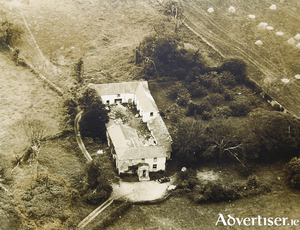
Dangan House, “beautifully situated on the banks of the fine river Corrib” directly opposite Menlo Castle, was built in 1684 as the seat of the Martin family. ‘Humanity Dick’ Martin was brought up there. John Redington purchased Dangan Demesne from Anthony Martin about 1830 and became the proprietor of the townland. It was, for a short time afterwards, converted into an Ursuline Convent. The nuns were there from 1839 to 1844. Dangan House was left to the Board of Guardians of the Galway Union for an auxiliary workhouse until 1854. The only trace of the original Martin building today is the tea-house folly which is on the banks of the river. A nearby property known as Dangan Cottage was leased by a number of American artists in the 1870s but was described as a ruin in the 1890s.
